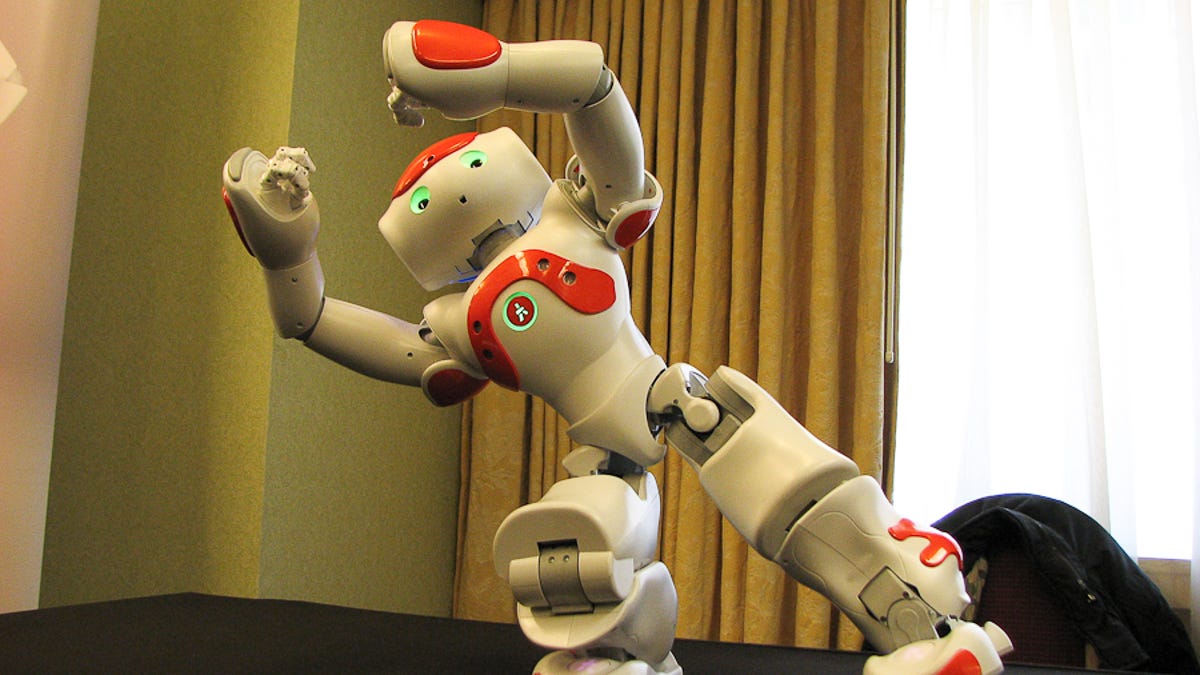Robots still lack the human touch
Just like computers needed a friendly interface before taking off, robotics pioneer Rodney Brooks tells human-robotics interaction researchers to focus on the user experience with bots.

BOSTON--Robot engineers would do well to play with video games and other well known machine interfaces to get their creations out of the labs and into the marketplace, according to robotics pioneer Rodney Brooks.
Speaking at the Human-Robotics Interaction (HRI) 2012 conference here, Brooks said that academics too often expect the users to adjust to robots and don't foresee how people will use the robots they design.
The former director of the Computer Science and Artificial Intelligence Lab at the Massachusetts Institute of Technology, Brooks was a co-founder of iRobot, which sells the Roomba vacuum cleaner and robots to the military. Now he is chief technology officer at Heartland Robotics, a stealthy robotics startup about which he offered a few details.
The experience of iRobot in working with the military and consumers shows that user interaction issues are some of the toughest challenges to crack for a successful product. iRobot's first PackBot robots, which were deployed for diffusing bombs, came with a sophisticated and complex remote control panel that vaguely resembled a ruggedized laptop.
Immediately, soldiers in the field said the remote control was too difficult and needed to be fixed. iRobot then modified a game control from Sony's PS2 console and greatly simplified the options for the user.
"With zero training and five minutes of playing, you could get to 85 percent of the functions. The users never got to 85 percent before," Brooks explained. "The engineers complained that what was possible (with the new console) was less, but what was achieved was way way more."
Similarly, the Roomba vacuum cleaner started with multiple controls but the user interface was eventually simplified to one button.
The HRI conference is for academics to share results of papers on user interface topics, such as effective ways of giving objects to a robot or ways for disabled people to use a robot to pick up things. A former academic, Brooks took pains to tell the group that users are very unpredictable and that research environments are very different from the real world.
Even in robotics companies, highly trained engineers often need to make tweaks to products once customers get them. "Users just want to get a task done. They don't care if it's a cool robot. You may, but they may not care if it's a robot at all," he said.
In general, he said starting companies and making commercial products is a lot harder than it seems in robotics partly because it's difficult for investors and outsiders to gauge what's difficult and easy to do. For example, even after decades of work, robots' computer vision is very limited. A robot can pick up an object but cannot easily identify what a key chain is and what it's for, Brooks noted.
Also, it's often unclear what applications will resonate. iRobot went through several potential customers for robots, including those needing the inspecting and of cleaning nuclear power plan--applications only put into practice after the Fukushima disaster in Japan.
Founded four years ago and backed by venture capital, Heartland Robotics is building robots to assist human workers in a manufacturing environment, Brooks said. Given that these robots are being designed as tools for people, the company has an intense focus on the ease of use, set up, and interaction with people.
"User experience is critical to robot success. It's about the user, not the robot," he said.

